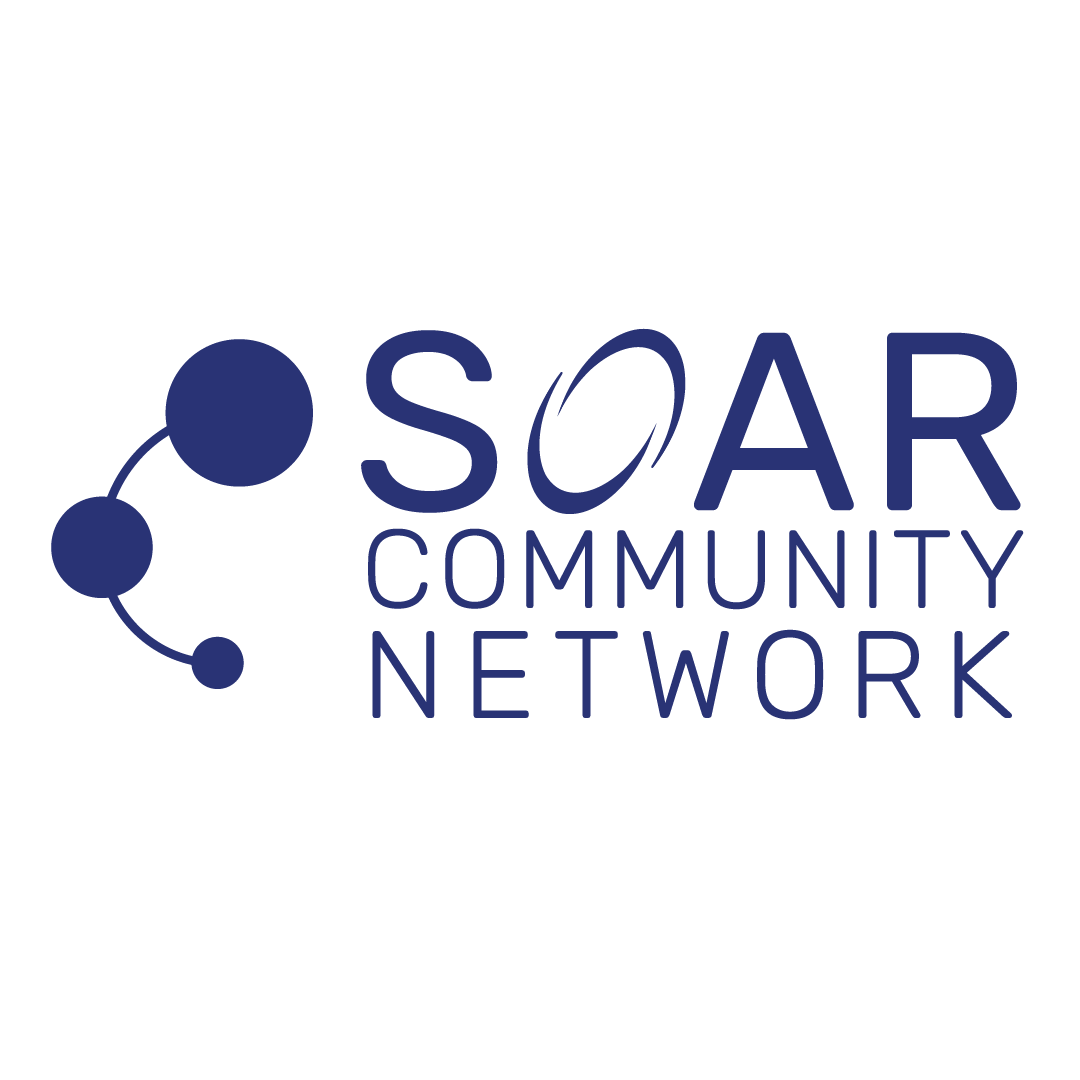Introduction
In the ever-evolving landscape of modern organizations, understanding employee experience has become a cornerstone for cultivating a productive, engaged, and fulfilled workforce. Assessing and diagnosing employee experience is not just about gathering feedback; it’s a strategic process that enables leadership teams to identify employee needs and sentiments. This insightful understanding further guides the development of effective talent strategies, learning programs, and Diversity, Equity, and Inclusion (DEI) initiatives. Incorporating the principles of the SOAR Community Network’s C3 framework—Compassion, Cohesion, and Collaboration—this article explores the significance of this process and how it contributes to organizational success.
The Imperative of Assessing Employee Experience
Employee experience (EX) encompasses every interaction an employee has with their employer, from the recruitment process to their daily tasks, and finally, to their exit from the company. A positive EX is linked to higher job satisfaction, increased loyalty, and better performance. According to Gallup, organizations with a high EX quotient witness 17% higher productivity and 21% higher profitability compared to those with low EX.
The SOAR Community Network’s C3 Framework
The C3 framework by the SOAR Community Network emphasizes Compassion, Cohesion, and Collaboration as the pillars of a successful organizational culture. Assessing employee experience through this lens ensures that strategies and initiatives are designed to foster a supportive, united, and cooperative workplace environment.
-
Compassion: Understanding the emotional and professional needs of employees.
-
Cohesion: Promoting a sense of belonging and unity among team members.
-
Collaboration: Encouraging teamwork and joint efforts in achieving organizational goals.
Strategies for Assessing Employee Experience
-
Employee Surveys and Feedback: Regularly conducting surveys and collecting feedback provides direct insights into employee sentiments. Tools like the Predictive Index and Gallup’s Q12 Employee Engagement survey are effective in measuring various aspects of EX.
-
One-on-One Meetings and Focus Groups: Personal interactions offer deeper insights and foster trust, making employees more open to sharing their true feelings and experiences.
-
Analyzing Employee Data: Leveraging data analytics to understand trends and patterns in employee behavior and satisfaction levels. Platforms like Qualtrics and Culture Amp offer sophisticated analytics tools for this purpose.
-
Performance Reviews: Utilizing performance reviews to gauge employee satisfaction and development needs, aligning them with organizational goals.
Linking Assessment to Strategy Development
-
Talent Strategy: Understanding employee experiences helps in crafting talent strategies that are more aligned with employee needs, thereby increasing retention and attracting top talent.
-
Learning and Development Programs: Tailoring learning and development initiatives based on the identified strengths and weaknesses of employees enhances their skills and job satisfaction.
-
DEI Initiatives: Insights from employee experience assessments can guide the development of DEI initiatives that are genuinely reflective of the workforce’s diverse needs.
Challenges in Assessing Employee Experience
The process of assessing employee experience is not without its challenges. Ensuring authenticity in responses, analyzing vast amounts of data, and turning insights into actionable strategies are some of the hurdles organizations face.
Conclusion
Assessing and diagnosing employee experience is a critical step in building a workforce that is not only skilled and productive but also aligned with the organizational mission and values. By prioritizing this process and integrating the principles of the SOAR Community Network’s C3 framework, companies can create a work environment where employees feel valued, understood, and motivated to contribute their best.
Reference
-
Gallup, “State of the American Workplace Report”
-
Predictive Index, “Employee Experience Survey”
-
Qualtrics, “Employee Experience Management Platform”
-
Culture Amp, “Employee Engagement Platform”

